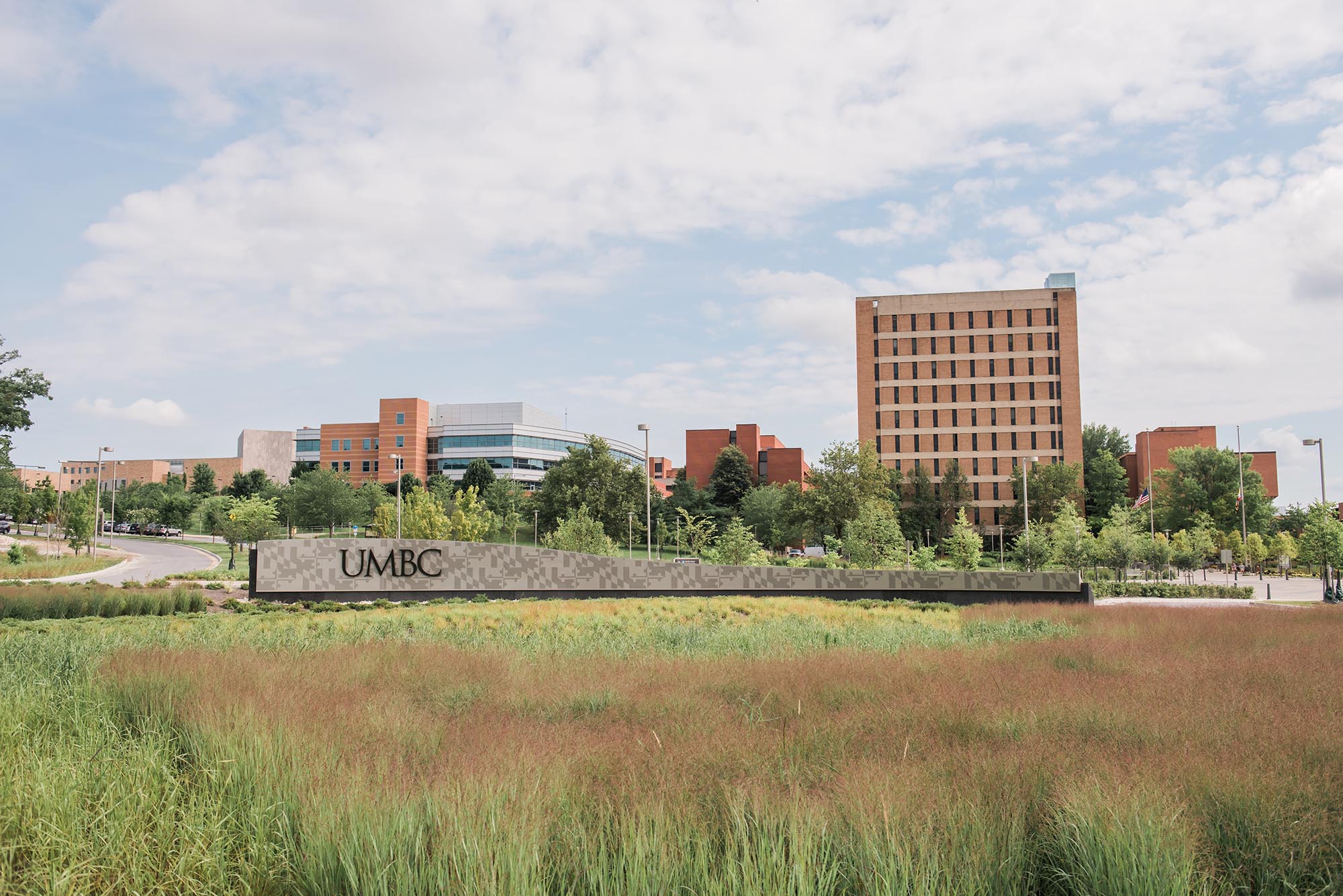Many things came up to an abrupt end on March 12. At UMBC, students began leaving campus and their dorms for an early start to spring break, student-athletes saw a sudden stop to their season, and employees were figuring out plans to work from home for the foreseeable future.
Stacy Carone, associate athletic director for sports medicine, summed up the Retriever community’s feelings succinctly: “We felt as if our identities were challenged and we…lost a big part of our ‘why.’”
In the wake of so many life-defining activities suddenly curtailed, many other things continued nevertheless—namely the indomitable UMBC spirit showcased in the grit of students whose academic plans now looked dramatically different and by campus decision makers who had to make quick, tough calls to elevate the safety and health of our Retriever Nation.
As many campus activities transitioned to online formats, it’s fair to mourn what was lost: Commencement, final championship games, shaking your professor’s hand at the end of the semester, the last hug with suitemates before move out day, the final nostalgic meal at True Grit’s. Yet, it’s also important to celebrate the folks behind the scenes making these transitions for the community as smooth as possible.
The necessity of being nimble
When it became clear that UMBC would transition to distance learning for at least two weeks after spring break, John Fox, director of Residential Life, and his team immediately started brainstorming how to serve the students who, for a variety of reasons, would not be able to make a trip home. With an exceptions process in place, around 200 students stayed through the first few weeks, and when Maryland Governor Larry Hogan’s stay-at-home order came, 65 students continued to remain on the nearly empty campus.
“Dealing with the unknown as a college student is a unique experience,” says Fox ’91, information systems management. “There’s a lot students have to juggle on a day-to-day basis, so they react well to knowing the knowns and the constants. Right now, we’re trying to guide them through this process as smoothly as we can, but, of course, they have a lot of questions, and we’ve been trying to respond to each student’s needs.”
On a case-by-case basis, this means letting students access their rooms to retrieve medicine or class notes left behind. On a wider scale, it involves considering safe ways to allow the residents to return to collect their belongings without compromising their health. “The important thing for us,” says Fox, “is to be nimble and pivot as information comes down from the governor, to the University System of Maryland, then to individual campuses.”
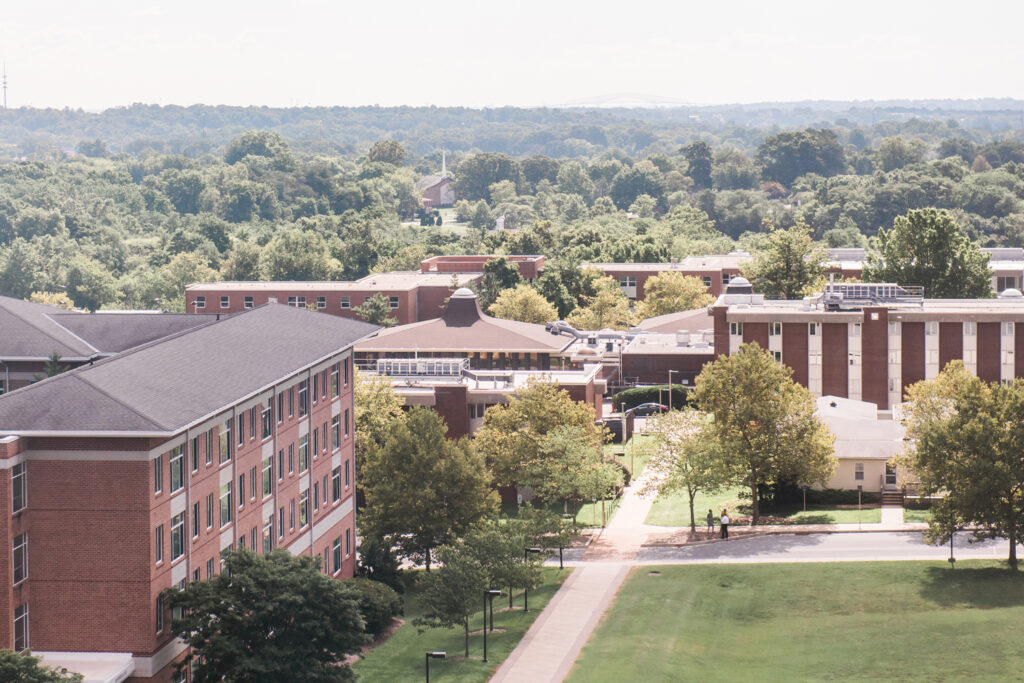
That flexibility involves reaching out to—and listening to—the students. This outreach Fox sees as vital to serving the student population, but also invaluable as students were pulled from their communities so suddenly. “Residential advisors are still connecting with their floors, trying to give students some closure to an unusual semester,” shares Fox.
Resident advisor for Chester apartments, Rileigh Matson ’21, psychology and visual arts, is checking in with her residents on a weekly basis. “In comparison to the conversations that occurred before COVID-19 closed campus, not much has changed,” says Matson, but the importance of staying connected feels much more weighty. Matson, who hopes she can return as an RA next semester, says that students are coping fairly well by staying busy with pre-pandemic activities, like school and pop culture, although some have taken up new hobbies or make taking walks a bigger priority during this time of isolation.
For Fox’s part, the phone calls and emails with students serve to show him that even during pandemics, UMBC students are still exemplary. “I’m constantly reminded that we have thoughtful, understanding students who ask good questions. It reminds me that UMBC is a place that puts value on the individual and that each student feels attended to and that their individual circumstances matter.”
Provisions in a pandemic
Dining Services staff, like Residential Life, needed essential staff to stay and continue to serve the remaining student population. Tim Dunn, campus executive chef talks through the game plans his team created in discussions with UMBC leadership. “UMBC was incredibly proactive with action plans of all essential associates,” says Dunn. “So early on we worked through potential scenarios, and how we would respond.”
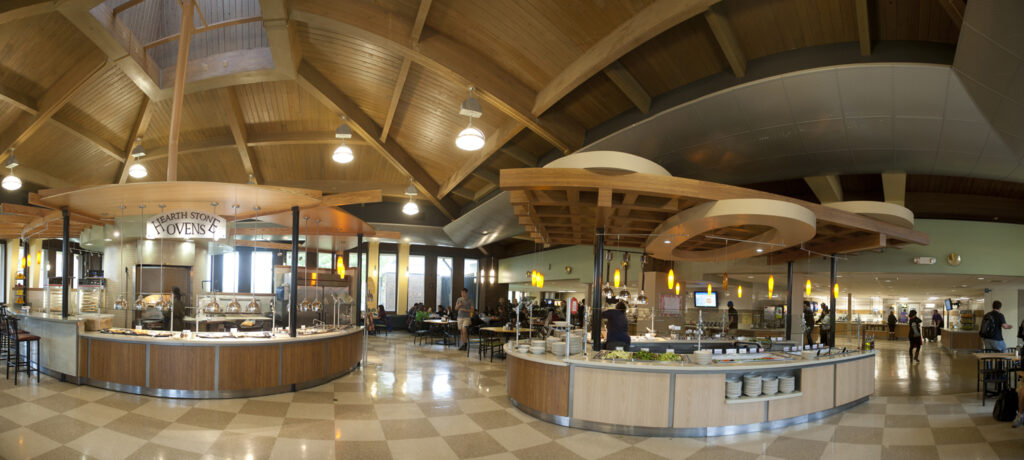
This included modifying their offerings to comply with the necessary physical distancing, which happened in stages. First, they strongly encouraged taking food in to-go containers; this quickly turned into a total grab-and-go operation. In late April, remaining students and staff on campus select their meals online and pick them up at the door.
After resolving how to continue feeding the dwindling campus population, Dunn also needed a plan to distribute the semester’s worth of overstocked food. “We found a home for most of our products at St. Agnes Hospital,” he says, “and donated some other perishables and non-perishables to Catonsville Emergency Assistance.”
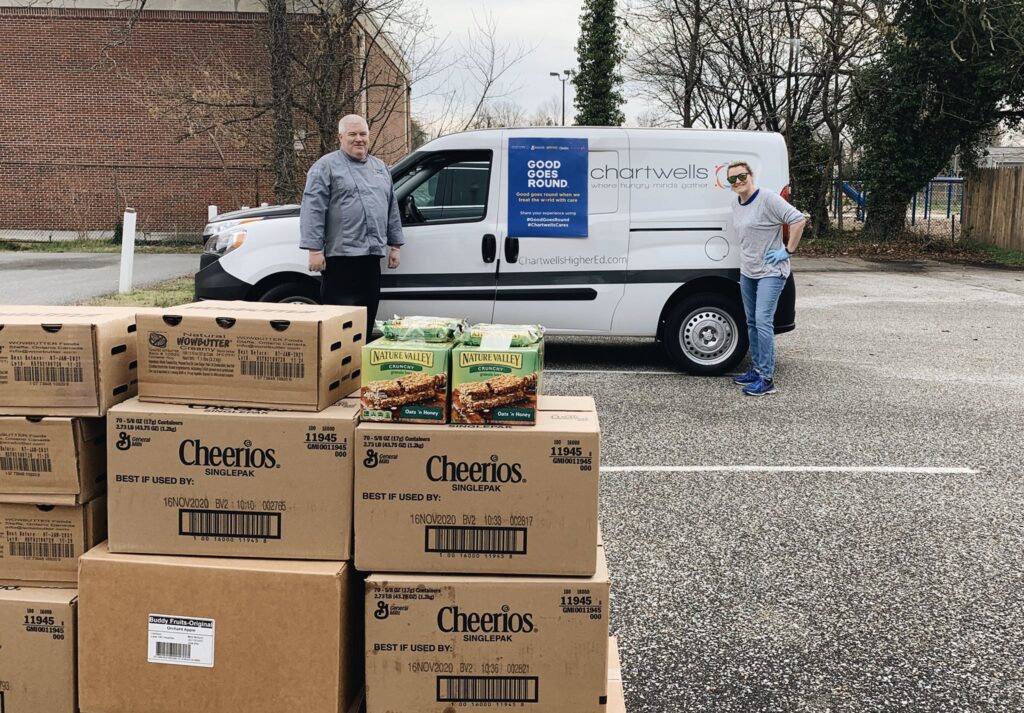
Despite the unexpected upheaval of COVID-19 to campus operations, Dunn says that their “staff is building even stronger relationships with the students who are remaining on campus.”
Be purposeful in all you do
As a member of UMBC’s Incident Management Team, Carone in Athletics had a sneak peek of what was coming, “but I could not possibly prepare emotionally for that day.” She’s referring to March 12, when Athletic Director Brian Barrio got in front of the students to explain that in order to stall the spread of a lethal virus, spring sport seasons were canceled.
Despite this decision coming at the expense of students’ athletic careers, what Carone remembers “is an overwhelming sense of pride; looking at the faces of our UMBC student athletes as they processed the gravity of what was happening in the world around us; watching them not hang their heads in defeat, but do what Dogs always do, come together, have heart, show grit, and do what is right, not what is easy.”
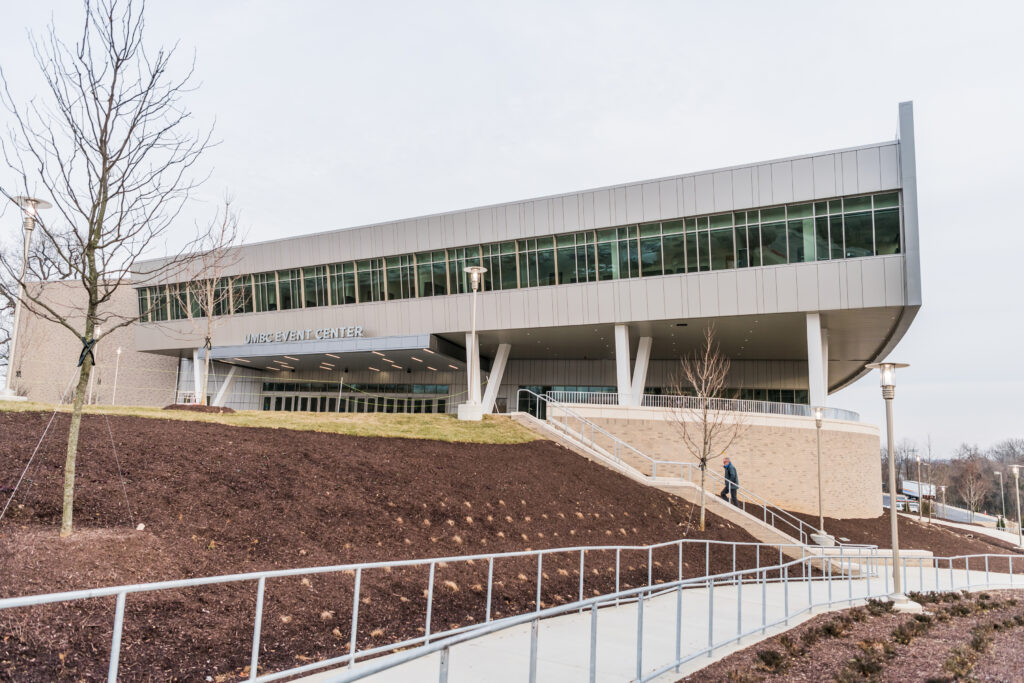
Carone, who supervises seven athletic trainers and strength coaches, outlined the resources Athletics would continue to provide via telemedicine and encouraged the students to remain connected to one another and to reach out for help in these unprecedented times.
“We usually interact with student athletes on a daily basis for four hours a day,” says Carone. “Replacing that time with screen time interactions has been challenging.” As a result, Carone and her staff are encouraging the student athletes to find routines. “Their days are usually extremely structured from morning to evening… so they’re trying to adjust to this new normal with lack of structure and without sports, which are usually a huge outlet for them.”
Currently all workouts are completely voluntary for student athletes, according to the NCAA. UMBC coaches are posting training videos mainly as a way to keep in touch with their teams and give the athletes a sense of normalcy that practicing might give them. In response to COVID-19, the NCAA has extended an additional season of eligibility to seniors playing spring sports, and Carone says that at this time, 10 student athletes have committed to returning next year.
Carone’s biggest piece of advice to her staff and students as they adjust to this time away from “normal” is to continue to live life with intention, be purposeful in all they do. As well as engaging in weekly wellness check ups with staff and distance workouts with coaches, Carone suggests students can always use “more time to be slow and still.” Her final piece of advice: “Stay connected as much as possible; be good to yourself and one another.”
Recreating essential in-person resources
In the Academic Success Center, it was clear that tutoring and supplemental instruction would be more important than ever if UMBC did move to a distant learning model. In early March, preparing for news that could come at any time, Amanda Knapp, associate vice provost and assistant dean, Undergraduate Academic Affairs, and others in ASC began gathering tools to help their staff of nearly 200 student tutors transition to online services.
As a testament to their efforts, says Delana Gregg, director of Academic Learning Resources, Assessment, and Analysis, ASC’s complete catalog of services was available online the day after spring break. To lighten the load on students seeking help and mimic the one-stop-shop of services that ASC offers, a new website compiled the list of available resources and how to access them.
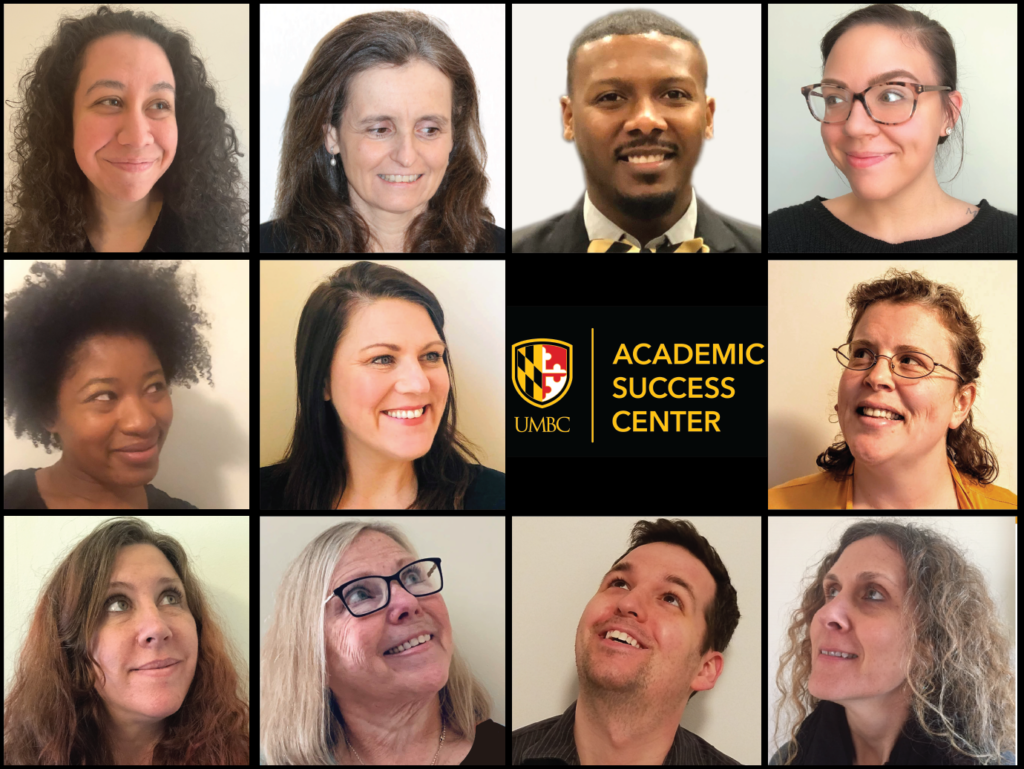
“So far,” shares Gregg, Ph.D. ’19, language, literacy, and culture, “students tell us that having a staff member who they can talk to—who can help them develop a plan for success—makes all of this so much better.”
International Education Services (IES), which serves a population of students uniquely affected by COVID-19, has also seen an increase in webinar attendance and online traffic to their Town Halls and a new website with resources for UMBC’s current and incoming international students.
These resources are the result of a series of surveys IES proactively sent out to international students and scholars before spring break, asking what resources they needed and how IES could best serve their needs during the COVID-19 disruption. International students face strict restrictions when it comes to working and supporting themselves in the United States, says Michelle Massey, associate director of International Student and Scholar Services. With many businesses closing or furloughing employees, international students are increasingly uncertain about their student status, while also carrying the burden of worrying about their families in other countries, some of which have closed their borders.
“It’s very difficult to know that so many of our international students are suffering financially, and not have more solutions to offer,” says Massey. “We encourage students, and each other within our team, to focus first and foremost on taking care of yourself, so we can still do our best work and contribute to the community as best we can.”
Hope on the horizon
One day, campus will reopen. No one knows what that will look like yet, but Michael Pound, director of Environmental Safety and Health and logistics chief for UMBC’s Incident Management team, is excited to think about it. Pound and his team led the charge to safely shut down campus and think through closing buildings where ongoing research occurs.
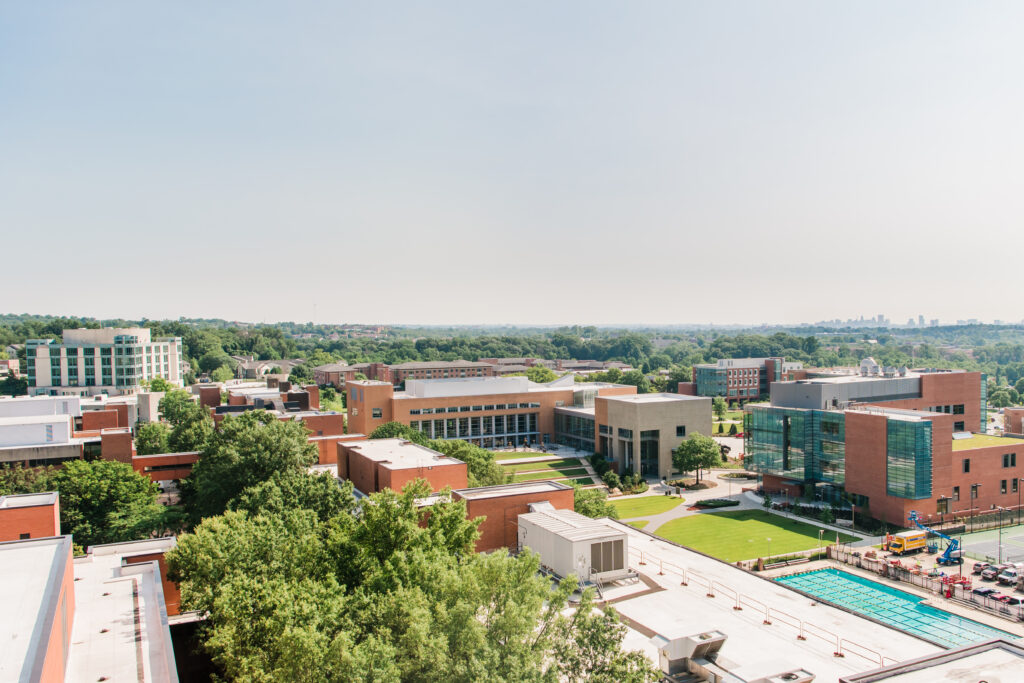
With graduation being the priority, some students were able to complete their experiments in time, others had to find alternative ways to finish. “That was the toughest part,” says Pound. “Telling students about to graduate, who only needed six more experiments to complete their work or graduate students not able to finish their dissertation research, ‘I’m sorry, you can’t keep doing this here.’”
After Pound’s team successfully closed down most campus infrastructure, while providing for the skeleton crew of staff and students remaining, he was relieved to be able to focus on what it will take to gradually re-open campus and bring back high levels of research.
“We know the mission of UMBC,” says Pound. “We’re all here to support students, and we’re excited to think about what that will look like when campus can reopen.”
*****
All photographs, unless otherwise noted, by Marlayna Demond ‘11.
Tags: Resilience, Spring 2020, UMBCTogether

